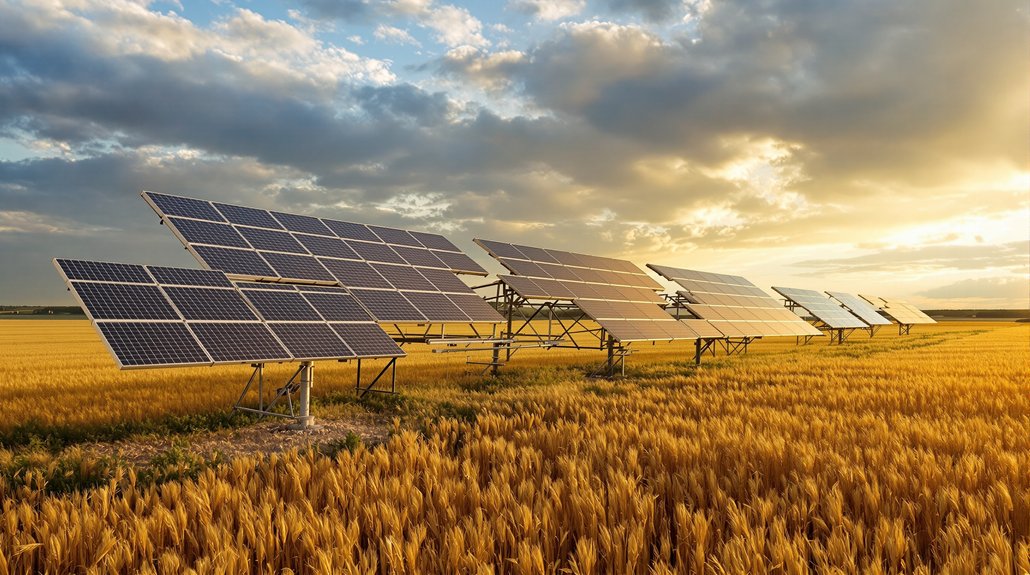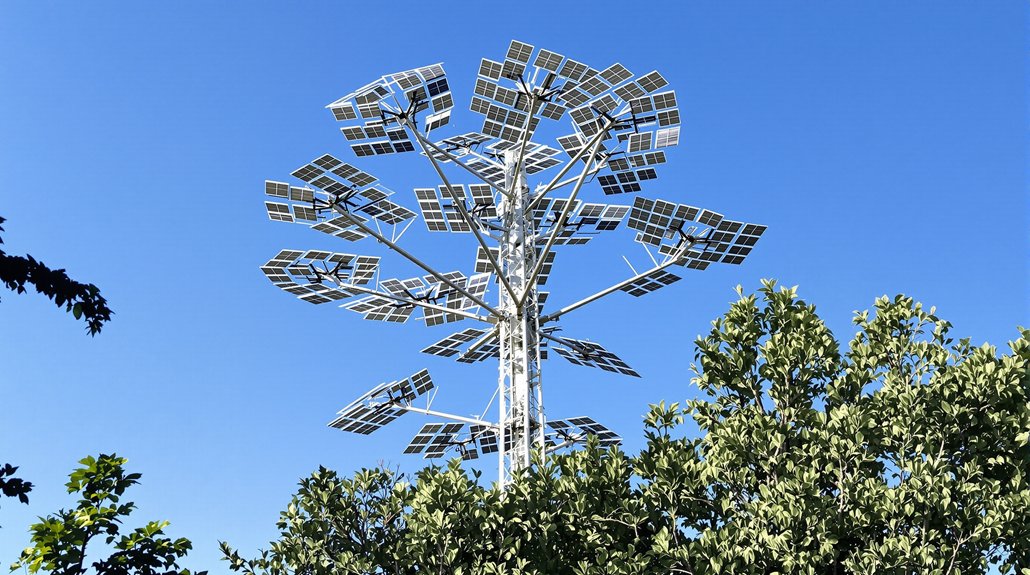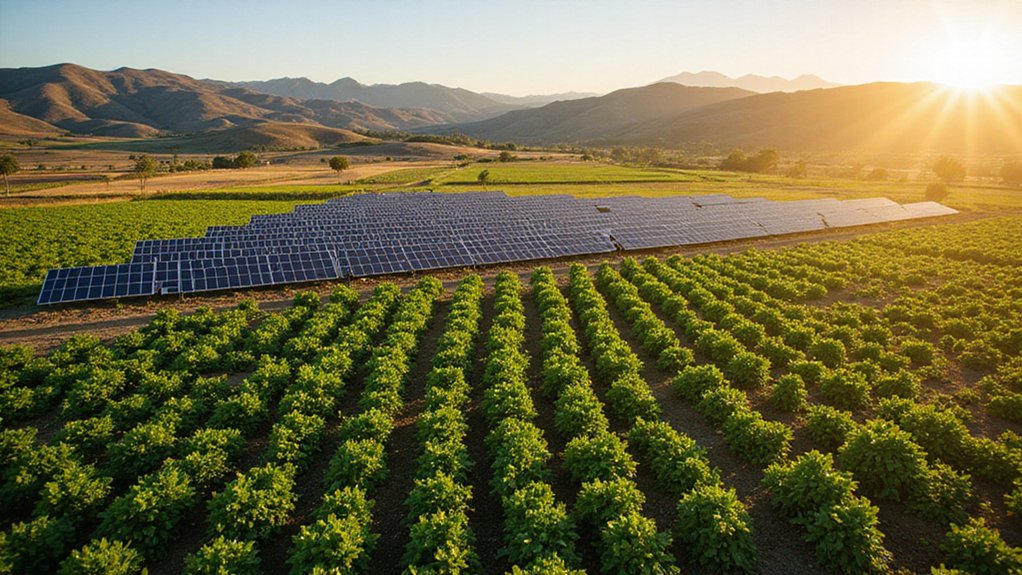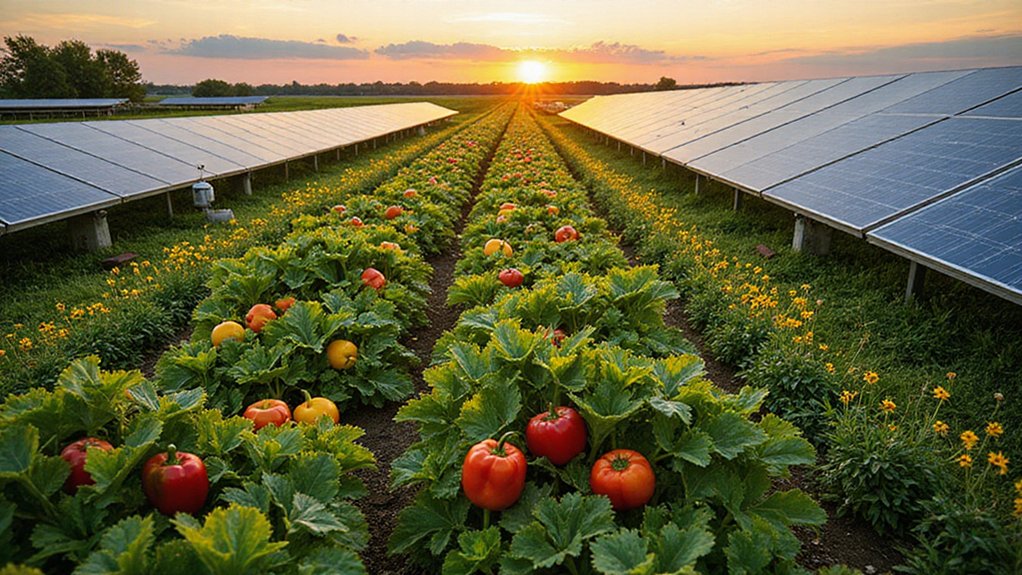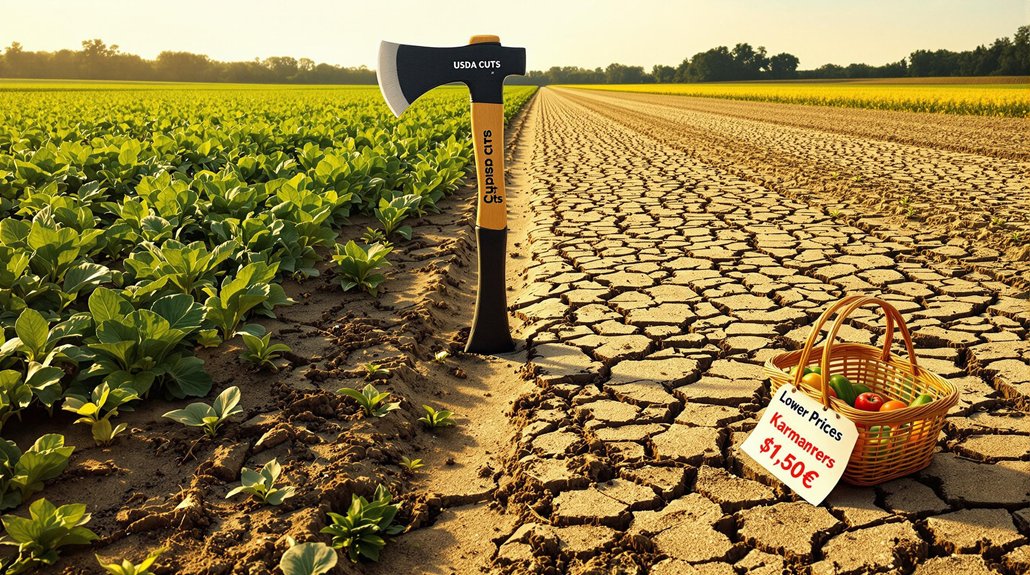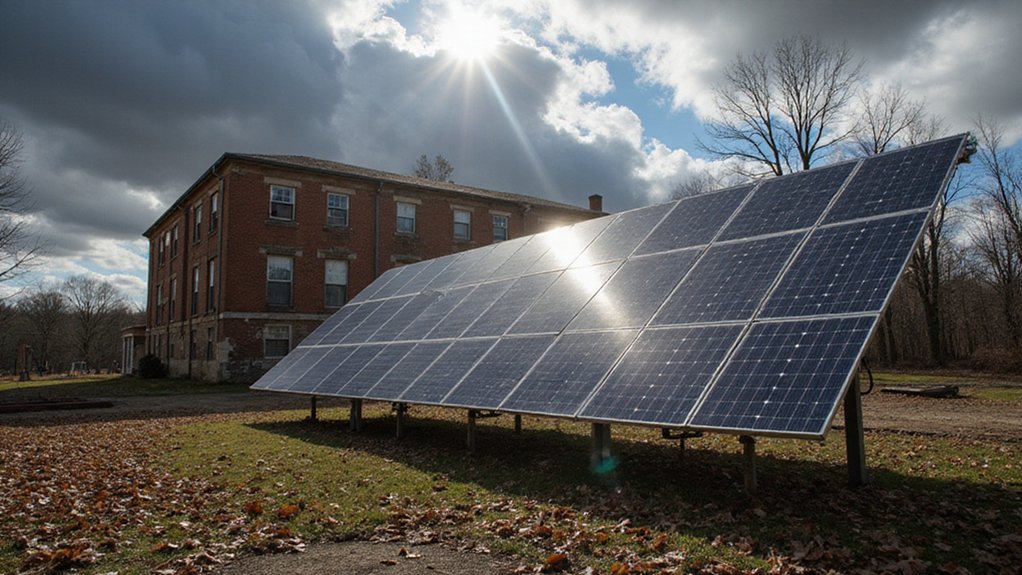The U.S. Department of Agriculture announced an immediate ban on subsidies for solar energy projects on productive farmland. The directive came from Agriculture Secretary Brooke Rollins under an executive order signed by President Donald Trump. The ban will remain in effect until at least August 31, 2026.
The policy affects several USDA loan and grant programs, including the Rural Energy for America Program. Wind projects on farmland and solar panels made by foreign adversaries are also now excluded from USDA support. Previously, USDA-backed solar and wind projects represented over $2 billion in federal investment.
Officials claim the ban addresses “market distorting incentives” linked to solar subsidies on agricultural land. Rollins criticized prior policies, especially the Inflation Reduction Act, for encouraging non-agricultural use of farmland. The USDA says the decision will protect farmland access for new and young farmers.
Since 2012, solar panels on farmland have increased by nearly 50% nationwide. Tennessee alone has lost over 1.2 million acres of farmland in the past 30 years and is projected to lose 2 million acres by 2027. A study by the Tennessee Advisory Commission indicates that solar facilities won’t be primary drivers of development for decades to come. Critics argue solar developments take fertile soils out of production and threaten agricultural heritage.
The USDA claims solar subsidies have made farmland more expensive and less available to working farmers. Some local communities have opposed large planned solar farms, resulting in ongoing legal battles. Despite concerns, solar and wind have become the cheapest sources of new electricity generation, offering potential economic benefits to rural communities.
The move aligns with the current administration’s broader skepticism toward green energy, citing reliability, cost, and Chinese supply chain concerns. Rollins positions the order as correcting what she calls a “misguided ideological vision” of previous policy.
The loss of federal subsidies may halt or delay numerous proposed solar farm projects on American farmland. Local economies expecting solar investment may see project cancellations or reduced activity. Renewable energy companies now face greater uncertainty and potential loss of business on agricultural lands.
Farming organizations support the change, citing barriers to land access created by solar lease markets. Environmental and renewable energy groups strongly disagree, pointing to broader climate and rural investment goals. According to USDA studies, less than 0.05% of the nation’s 900 million acres of farmland was actually affected by solar and wind developments in 2020.
References
- https://www.dtnpf.com/agriculture/web/ag/news/article/2025/08/19/ag-secretary-ends-programs-solar
- https://farmpolicynews.illinois.edu/2025/08/usda-ending-loan-support-for-solar-projects-on-farmland/
- https://www.usda.gov/about-usda/news/press-releases/2025/08/19/secretary-rollins-blocks-taxpayer-dollars-solar-panels-prime-farmland
- https://www.aol.com/news/usda-ends-programs-solar-wind-193828282.html
- https://www.okenergytoday.com/2025/08/usda-to-stop-subsidies-for-solar-projects-that-take-up-us-farmland/
